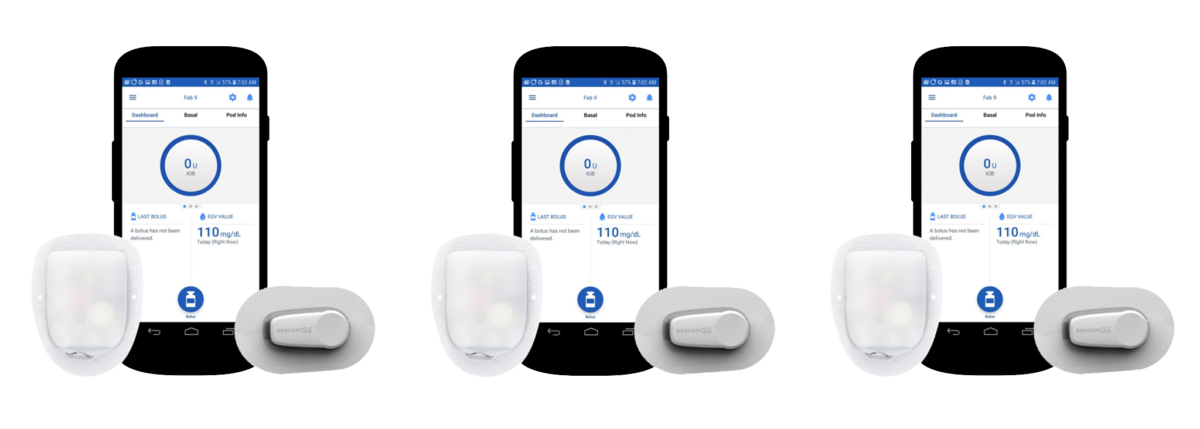The Deductible Problem
Written by: Todd Boudreaux
3 minute read
January 3, 2019
Over the past two decades, deductibles have been steadily rising and a greater percentage of Americans have been enrolling in high deductible health plans.
Deductibles and premiums
In a health insurance plan, the deductible is the amount paid out of pocket by the policyholder before insurance coverage kicks in. The premium is the monthly cost paid to the health insurance provider, and does not count towards your deductible. Plans with higher deductibles typically have lower premiums, and vice versa. Over the past two decades, deductibles have been steadily rising and a greater percentage of Americans have been enrolling in high deductible health plans.
What counts towards your deductible?
The services covered by your deductible vary by health plan. Most health insurance plans cover preventative services at no cost to the policyholder. Preventative services include annual checkups, screenings, immunizations, counseling and more. For some health insurance plans, costs associated with everything other than preventative services goes towards your deductible. Other plans exempt some services from the deductible—usually services that require copayments such as doctor visits. Some deductibles cover the cost of prescription medicine, and some plans have a separate deductible just for prescriptions.
What is a high deductible health plan?
The IRS defines a high deductible health plan as any plan with a deductible of at least $1,350 for an individual or $2,700 for a family. High deductible health plans (HDHPs) typically have lower premiums, and thus can be the most affordable for people looking for a cheaper option for health insurance. Out-of-pocket expenses are limited to a maximum of $6,650 for an individual and $13,300 for a family with an HDHP. High deductible plans are a form of catastrophic coverage, intended to cover only catastrophic illnesses, rather than constant visits to the doctor or prescription refills. As a way to offset the cost of an HDHP, a consumer may contribute to a Health Savings Account (HSA) which allows them to set aside pre-tax income that can be spent on health care.
Worth the risk?
The percentage of workers enrolled in HDHPs has been steadily rising since 2004, when only four percent of workers took advantage of these types of plans. In 2016, the number had risen to 29 percent. A recent study from USC found that individuals enrolled in HDHPs were at a significantly increased risk of financial trouble, especially those who are low-income or living with a chronic illness. In 2015, one in five workers had a deductible of $2,000 or more. Advocates for HDHPs say that when consumers have to front the costs themselves, they are more likely to take care of themselves and avoid unnecessary medical procedures and trips to the doctor.
There are several problems with the assumption that consumers with high deductibles will be more discriminant in their healthcare decisions. When the upfront costs are high, people may avoid seeking treatment for healthcare issues until they become emergencies. 43 percent of insured patients said they delayed or skipped physician-recommended tests or treatment because of high associated costs. Doctors have even reported cancer patients giving up life-saving treatment at the end of a calendar year because they could not afford to pay their deductible which would reset in January.
High deductibles and diabetes
For people living with diabetes, high medical costs are a fact of life. With insurance, people with diabetes will spend on average over $10,000 a year managing their condition. And without insurance, the costs for someone with diabetes can reach as high as $45,000 per year. If you have a high deductible and diabetes, maxing out your deductible is inevitable. If you have a chronic condition, choosing a plan with a low deductible is almost always the best way to go. It is important to check with your insurance company before signing up to see if your current medications and devices are covered. If you have a certain pump, continuous glucose monitor (CGM), or brand of insulin that you are using and do not want to switch, you may need to stay with your current insurance company.

Author
Todd Boudreaux
Todd was diagnosed with type 1 diabetes in 2000, and has been unofficially advocating for type 1 diabetes for the last 18 years. Before joining the team at Beyond Type 1, Todd wrote and produced television shows for Discovery Channel, Travel Channel and Animal Planet. When he’s not in the office, you can usually find him at a baseball game, traveling or drawing on his Etch A Sketch.
Related Resources

Already compatible with Dexcom’s G6 and G7 continuous glucose monitors (CGMs), the Omnipod 5 Automated...
Read more

The younger a person is diagnosed with type 2 diabetes, especially those with obesity, the...
Read more

The Oura Ring, which tracks things like sleep, heart rate, and activity, is joining forces...
Read more

